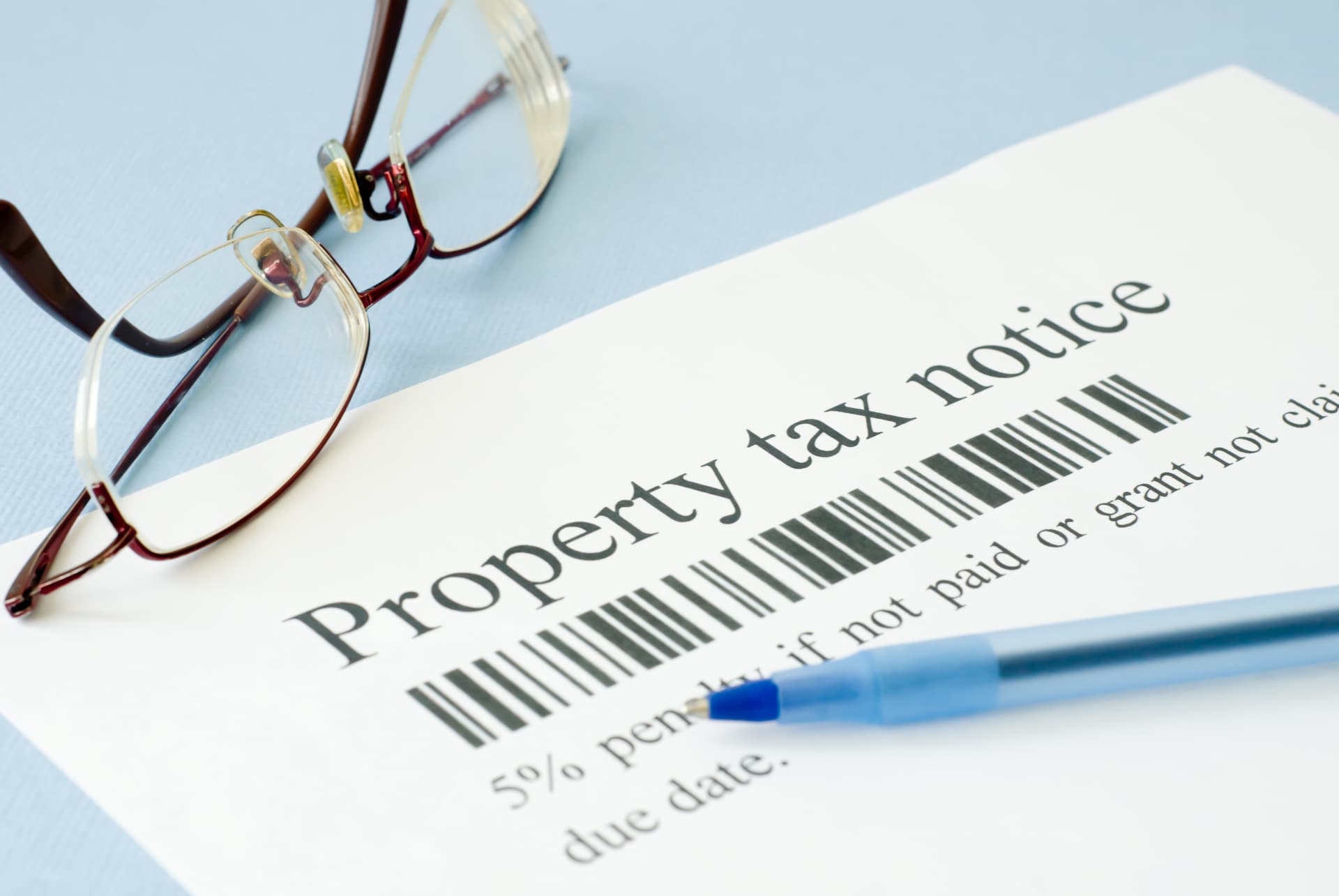
You have filed your protest and now you are wondering “What now?!?.” First thing you want to do is email your appraisal district requesting all the evidence the county appraiser plans to present at your hearing. If you’re not sure what email address to use, call your local appraisal district and ask which email to submit evidence requests to. Per section 41.461 (a)(2) of the Texas Property Tax Code, the Chief Appraiser shall deliver this information at least 14 days prior to your protest hearing.
1 – Attend an Informal Hearing with an Appraiser.
The first step of your protest journey is the informal protest hearing. Here you will meet individually with an appraiser in his office with the goal of achieving an informal valuation agreement that will satisfy both parties. Come prepared with evidence to support your opinion of value, you can read through our how-to guide on how to prepare for your hearing. Do not feel pressured to accept a valuation that you do not agree with, as you will sign a waiver of rights for further appeal action.
2 – Attend the formal ARB Hearing.
The Appraisal Review Board will notify you via snail mail of the date and time of your formal hearing. If you opted to receive electronic communications, then you may receive this notice via email. Section 41.45 of the Texas Property Tax Code states that the Appraisal Review Board (ARB) must hold a hearing as soon as practical but not later than 90 days after the Appraisal District certifies the tax roll, for most counties, this is usually July 20th.
A residential protest hearing lasts up to 15 minutes while commercial protest hearings have up to 30 minutes to present their case. Once the ARB hearing has concluded with each party’s testimony, the ARB will make a determination of value. The ARB will explain the instructions that you can take to appeal this decision.
3 – Receive an official order of determination via certified mail.
Within 30 days you will receive a formal order of determination letter from the ARB via certified mail, or electronically if you opted-in. You will have 60 days from the date of receipt to file for either binding arbitration or a lawsuit in district court. Alamo Ad Valorem has experience filing binding arbitrations for clients with favorable results. Contact us to learn how we can help!
4 – File for Binding Arbitration or file a lawsuit.
If your property’s value is 5 million or less, then you can file what is called binding arbitration. In most cases, this is most cost effective for taxpayers. There are some cases where a lawsuit may better suit your needs, we can help recommend which route is best suited for your specific case.
Once your arbitration is submitted to the county, they will mail you a signed copy of the arbitration packet and another to the Comptroller. Once accepted by the Comptroller, you will enter a 45-day grace period where you can try and resolve this case informally, if you are able to do so, you will receive your deposit less $50 back from the comptroller regardless what the final value is.
If no resolution, then your case will be forwarded to an arbitrator who will hear your case. The arbitrator will email you specific instructions for his procedures. Once the arbitrator makes a decision, the result can no longer be overturned. The deposit minus the Comptroller’s fee of $50 will be refunded to the property owner if the arbitrator determines that the value is nearer to the property owners opinion of value stated in the request for binding arbitration than the value as determined by the ARB.
Conclusion – Make it a point to protest every year.
Protesting your property taxes is like any other yearly maintenance you conduct on your home. Alamo Ad Valorem is a firm that specializes in the reduction of property taxes. We do all the heavy lifting so our clients don’t have to worry about the burden of over taxation. Contact Us Today and see how a property tax consultant can help you pay less property taxes.


